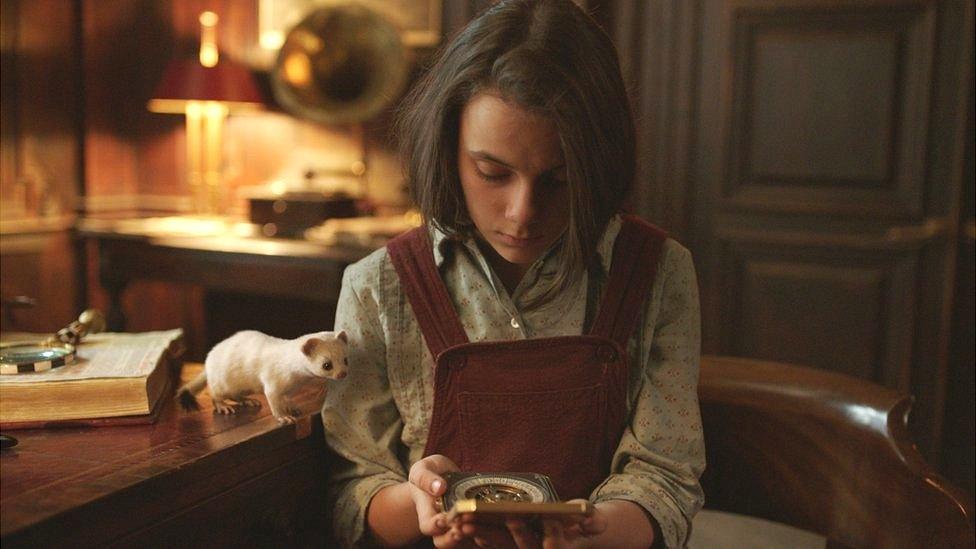Oxford's History of Science Museum exhibition marks centenary
- Published

The History of Science Museum is marking its centenary
A museum collection which inspired Philip Pullman's His Dark Materials is going on permanent display.
Oxford's History of Science Museum is marking its centenary with a display of its founding collection of scientific instruments, originally donated by Lewis Evans.
The collection inspired Pullman to create the alethiometer in his best-selling stories.
Curator Dr Sumner Braund said the exhibits were "stunningly beautiful".
Mr Evans spent half a century collecting sundials, astrolabes, mathematical instruments and globes, as well as books and manuscripts, from around the world.
Along with Dr Robert Gunther, he helped found the museum, specifically dedicated to science, in Oxford in 1924.
The History of Science Museum is in what is believed to be the world's oldest surviving purpose-built public museum building, the Old Ashmolean on Broad Street.
'Sophisticated and technical'
Dr Braund described Mr Evans as an "independent scholar".
"He was so impassioned and fascinated - he became an expert through experience."
Among the exhibits, many of which still work, is a portable ivory sun dial dating from 1612, which is capable of being calibrated depending on its location.
"In the past people though art and science were always intertwined," said Dr Braund, adding: "All these instruments are refined, sophisticated and technical, you can do the most amazing calculations but they are also just beautiful to look at."
The library is marking the 100th anniversary with a day of family science-based events and activities at the Weston Library on Broad Street.

Follow BBC South on Facebook, external, X, external, or Instagram, external. Send your story ideas to south.newsonline@bbc.co.uk or via WhatsApp on 0808 100 2240.
- Published19 December 2022

- Published30 November 2022
